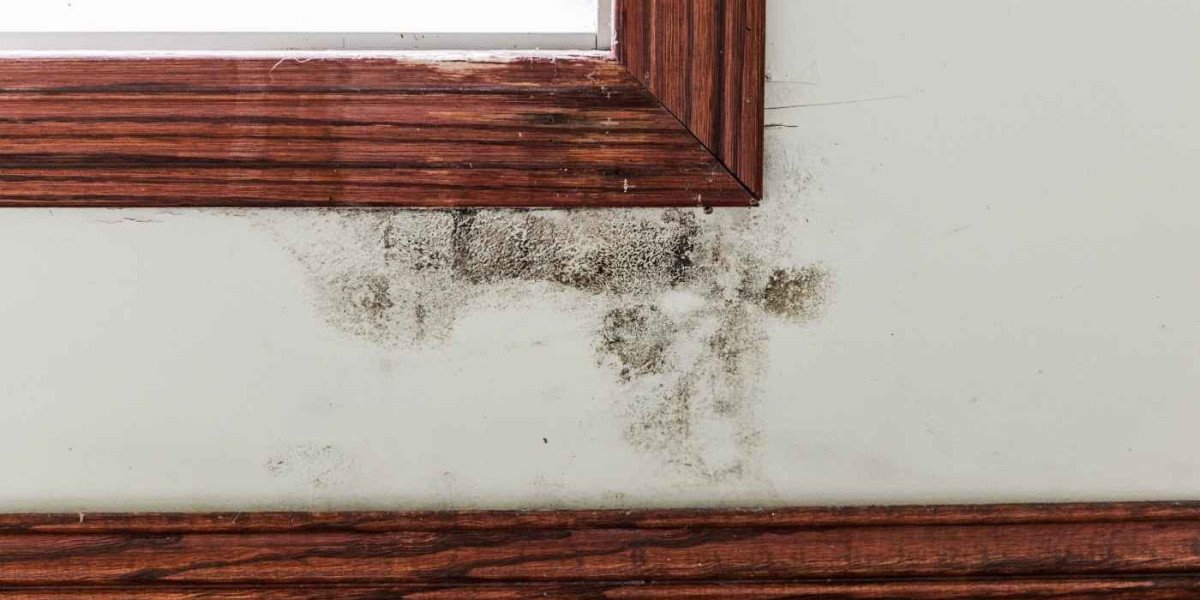Kaua’i’s tropical climate—with high humidity and frequent rain—is an ideal breeding ground for mold. Even homes that look dry on the surface may hide mold behind walls, under flooring, or in attics. Hidden mold not only damages property, it also risks your health and could dramatically reduce your investment’s value.
Quick Tips to Reduce Mold Risk in Kaua’i Homes:
Install dehumidifiers in living areas to maintain indoor humidity below 50%.
Ventilate bathrooms and kitchens using exhaust fans that vent outside, not just into the attic.
Check for roof and plumbing leaks regularly, especially after heavy rain.
Inspect caulking and seals around windows, doors, and sinks to keep moisture out.
Schedule annual inspections with a trusted provider like Eco Kauai Services to stay ahead of any mold growth.
Avoid carpeting in humid areas like basements or bathrooms, which can trap moisture.
Trim vegetation near the foundation to improve airflow and reduce moisture buildup around the home.
These simple but effective strategies can help homebuyers and homeowners in Kaua’i avoid major mold-related headaches and safeguard their property’s value.
1. Look for Visual Indicators and Water Damage
Musty Odors
A persistent musty, earthy smell—even without visible mold—is a top red flag. Sometimes you smell mold before you ever see anything. This odor often means spores are growing behind walls, under flooring, or within ductwork.
Stains, Peeling Paint, or Discoloration
Water stains, warped paint, peeling wallpaper, or bubbling drywall often point to past or ongoing moisture issues—perfect conditions for mold. These signs might mean mold is hiding beneath the surface.
Condensation or Excessive Humidity
Excessive moisture on windows, in crawl spaces, attics, or bathrooms creates a mold-friendly environment. If indoor humidity stays consistently above 60%, you may already have or soon develop mold problems.
2. Check Common Hidden Zones
Under Floors and Carpets
“Squishy” areas or stains under carpeting or laminate flooring are classic signs that mold might lurk below, fed by moisture from leaks or spills.
Inside Walls, Ceilings, and Attics
Mold often hides in places you can’t easily inspect. Use moisture meters or thermal imaging during the inspection to reveal damp spots where mold could be growing unseen.
HVAC Ducts and Insulation
Poorly insulated ducts or blocked airflow can cause condensation inside HVAC systems. Mold in ducts often spreads spores throughout the house, quietly causing contamination.
Crawlspaces and Basements
Damp, poorly ventilated crawlspaces are mold magnets. Even concrete slabs can draw moisture upward, creating mold in framing or subfloor materials.
3. Observe Health Clues from Occupants
Unexplained allergies, coughing, wheezing, sinus issues, headaches—even fatigue—especially if symptoms improve when you're away from the house, often indicate hidden mold affecting indoor air quality.
4. Ask About the Home’s History
Homes with past leaks, floods, storm damage, or poor ventilation are high-risk. Mold can linger dormant after an event until a new moisture source awakens it. Always inquire about plumbing issues, roof damage, or previous mold remediation efforts.
5. Use Professional Tools and Tests
Thermal Imaging & Moisture Meters
Professional inspectors can use infrared cameras to locate moisture pockets behind walls or ceilings—and moisture meters to confirm wet spots that attract mold.
Air and Surface Sampling
Independent molds assessors perform air sampling, compare indoor vs. outdoor spore counts, and use tape or swab tests to identify hidden contamination. This strategy ensures remediation is targeted—potentially saving up to 20× the cost of ineffective cleanup.
6. Do Thorough Home Inspections, Including Hidden Areas
If you're serious about the property, invest in a mold-specific inspection. Check behind cabinets, inside closets, beneath flooring, and in utility spaces. If anything smells off or looks off, don’t hesitate to pull back carpets or open access panels.
Real-World Case: A Kaua’i Buyer’s Mold Experience
A couple looking to purchase a charming Kaua’i bungalow conducted a standard inspection but encountered persistent, unexplained headaches and dizziness when visiting the home. Though they found no visible mold, a certified mold inspector using thermal imaging discovered damp spots along a kitchen exterior wall. Moisture testing confirmed mold growth behind the drywall. Considering the cost of remediation and impact on air quality, the couple negotiated with the seller to split the expense of Hidden mold can quietly undermine a home’s structure, indoor air quality, and your health. In Kaua’i, where moisture runs high year-round, thorough inspections—featuring advanced tools, moisture readings, and air/surface sampling—are essential before closing a deal. If mold is found, remediation can be negotiated or done before purchase. For trusted and reliable Mold Removal Kaua’i, Hi, homeowners often turn to Eco Kauai Services, a well-experienced local company known for results-driven solutions and proven remediation techniques. Ensuring a mold-free home means protecting your health and making a smart investment.. The mold remediation crew removed affected drywall and insulation, installed better ventilation, and applied a mold-resistant sealant. After clearance testing confirmed safe air quality, the buyers closed on the home—confident they were investing in a healthy, mold-free environment.
What to Do If You Suspect Hidden Mold
Don’t skip mold-specific inspections during due diligence.
Negotiate remediation into the contract. The seller may be willing to cover costs once hidden mold is identified.
Hire certified mold assessors and remediators who use infrared, moisture readings, air sampling, and follow containment and filtration protocols (like negative air barriers and HEPA systems).
Perform post-remediation testing to confirm the issue is truly resolved.
Preventive Measures in Kaua’i Homes
Maintain indoor humidity below 50–60% with dehumidifiers and proper venting.
Repair plumbing, roofing, gutters, rain screens, and exterior drainage promptly.
Install exhaust fans in high-moisture areas.
Ensure crawlspaces and attics are ventilated and insulated effectively.
Inspect HVAC systems and ducts regularly—look for condensation, leaks, and mold growth.
Bottom Line for Home Buyers
Hidden mold can quietly undermine a home’s structure, indoor air quality, and your health. In Kaua’i, where moisture runs high year-round, thorough inspections—featuring advanced tools, moisture readings, and air/surface sampling—are essential before closing a deal. If mold is found, remediation can be negotiated or done before purchase. For trusted and reliable Mold Removal Kaua’i, HI, homeowners often turn to Eco Kauai Services, a well-experienced local company known for results-driven solutions and proven remediation techniques. Ensuring a mold-free home means protecting your health and making a smart investment.








